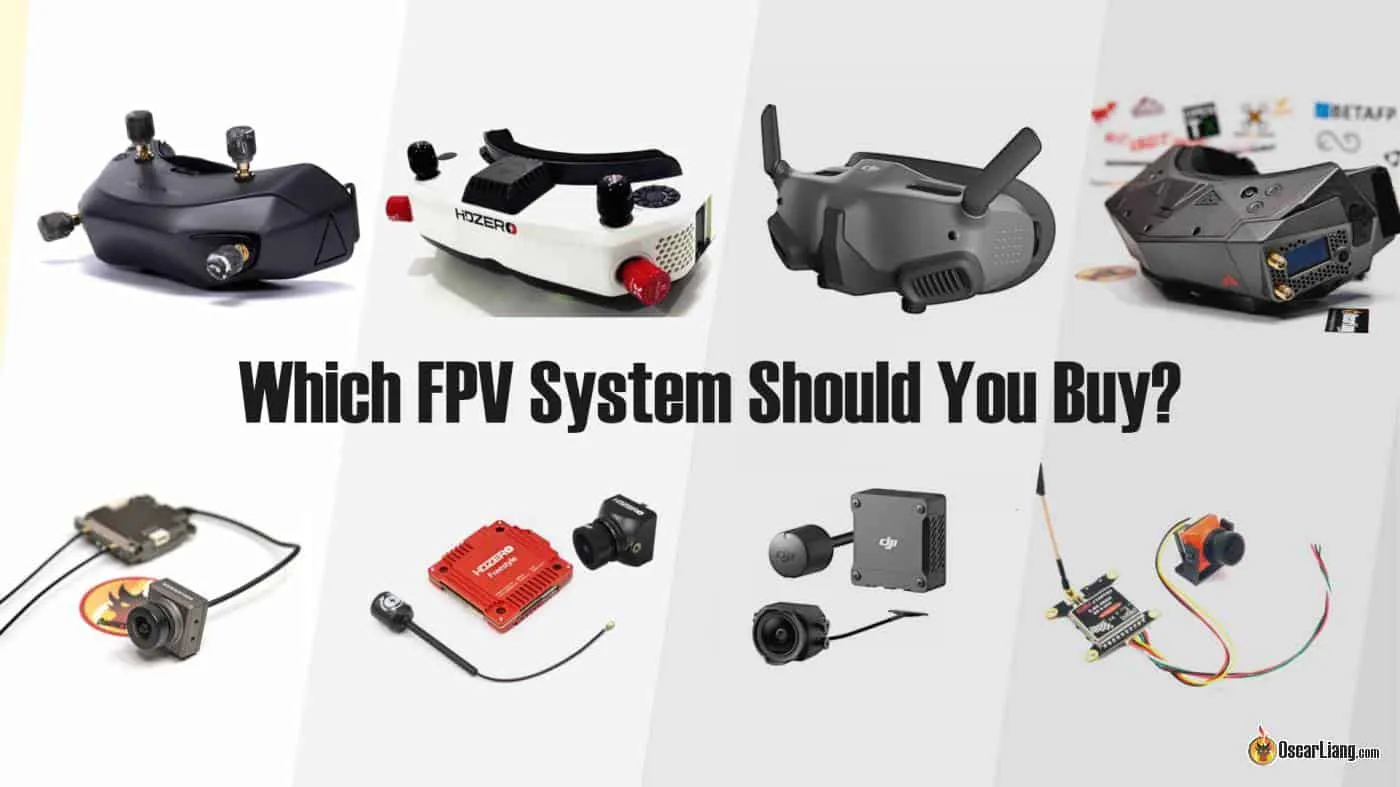So I watched some of JB's videos and also did some of my own research, but I am really confused.
I haven't seen JB mention Power Distribution Board (PDB) at all, but apparently, it seems very necessary.
Thread to the discussion I read: http://quadcopterforum.com/threads/power-distribution-board-vs-esc.19213/
I am trying to build a 5-inch freestyle quad, and I can't sort out the difference between ESC and PDB yet. Do I even need a PDB for a 5-inch freestyle?
So far, it seems like the ESC is built into the PDB or vice versa. For example, I intend to buy this stack, and it only says FC + ESC. Where is the PDB?
Hopefully, someone can help me figure it out, Thanks a lot!
I haven't seen JB mention Power Distribution Board (PDB) at all, but apparently, it seems very necessary.
Thread to the discussion I read: http://quadcopterforum.com/threads/power-distribution-board-vs-esc.19213/
I am trying to build a 5-inch freestyle quad, and I can't sort out the difference between ESC and PDB yet. Do I even need a PDB for a 5-inch freestyle?
So far, it seems like the ESC is built into the PDB or vice versa. For example, I intend to buy this stack, and it only says FC + ESC. Where is the PDB?
Hopefully, someone can help me figure it out, Thanks a lot!

